
Polar Bear Insights

The polar bear, also known as the white bear, is a species of bear in the family Ursidae and is the largest land carnivore in the world.
They have a large and robust body, with a shoulder height of up to 1.6 meters. Adult males weigh between 300 and 800 kilograms, with a head and body length of up to 2.5 meters. Females are smaller, weighing between 150 and 300 kilograms and measuring 1.8 to 2 meters long.
There are many little-known secrets about polar bears. Let's explore some of them!
1. Are Polar Bears Left-Handed?
It's incorrect to say that all polar bears are left-handed. This misconception arises from their hunting behaviour, as they primarily prey on seals. Their supposed "left-handed" habit stems from the process of catching seals.
Related
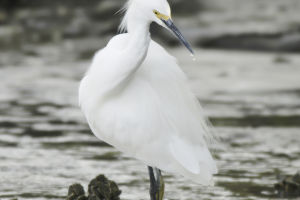 Egrets are wading birds prized for their feathers, and face extinction due to overhunting.
Egrets are wading birds prized for their feathers, and face extinction due to overhunting.
 Agile squirrels inhabit diverse environments, and reproduce prolifically, yet are crucial.
Agile squirrels inhabit diverse environments, and reproduce prolifically, yet are crucial.
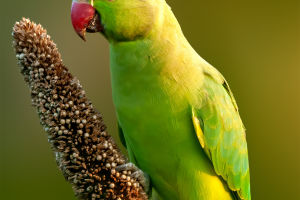 Parrots are popular for their colorful plumage, intelligence, ability to imitate sounds and language, and social nature.
Parrots are popular for their colorful plumage, intelligence, ability to imitate sounds and language, and social nature.
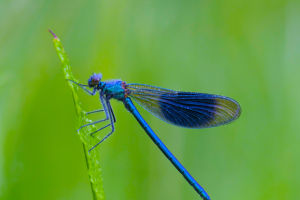 Dragonflies: Wetland Protectors at Risk.
Dragonflies: Wetland Protectors at Risk.
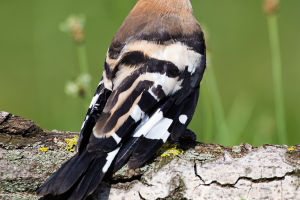 The Hoopoe: Beautiful and beneficial bird of agriculture and forestry.
The Hoopoe: Beautiful and beneficial bird of agriculture and forestry.
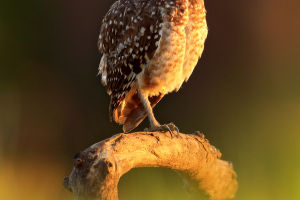 Owls have really long legs!
Owls have really long legs!
Polar bears, with their white fur blending into the snowy landscape, use their right paws to cover their noses while hunting, preventing detection by seals and freeing up their left paws to catch prey. Scientists who have spent considerable time studying polar bears have observed that their front limbs are highly versatile, and they use both "hands" effectively.
2. Is the Skin of Polar Bears White?
Contrary to popular belief, the skin of polar bears is black. Their fur isn't pure white either; it's transparent and hollow, appearing white due to sunlight and the reflection from ice.
The ever-changing coloration of their bodies is due to light refraction. Despite their appearance, polar bears' black noses can easily be spotted by prey. Therefore, when hunting seals, polar bears cleverly use their front paw to cover their noses, reducing the chances of detection.
3. Why Don't Polar Bears Feel Cold?
Polar bears have a dual-layered coat: an outer layer of oily guard hairs and an inner layer of dense underfur, along with a thick layer of fat, which acts like a warm coat, protecting them from the cold and snow on land and preventing water from penetrating when swimming.
Additionally, their fur contains channels that absorb UV light from the sun, helping to increase and retain body heat.
4. How Sensitive is a Polar Bear's Sense of Smell?

Polar bears have an innate sense of smell, which is crucial for locating food sources. Their acute sense of smell allows them to detect scents from several meters beneath the ice and up to a kilometer away. A story illustrates their keen sense of smell: Eskimos on Greenland once buried whale blubber underground after a successful hunt.
Polar bears congregated near the Eskimo settlement when the sea froze over that year. Despite the villagers' efforts to scare them away, the bears didn't attack. Instead, they unearthed the buried whale blubber to share. This anecdote demonstrates the polar bear's extraordinary olfactory abilities, aiding them in finding seals, especially ringed seals, and other prey such as clams, crabs, young whales, and walruses.